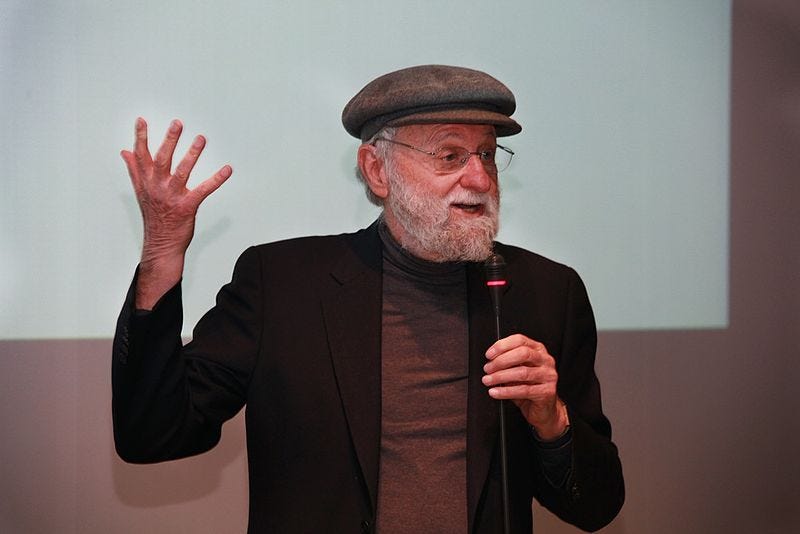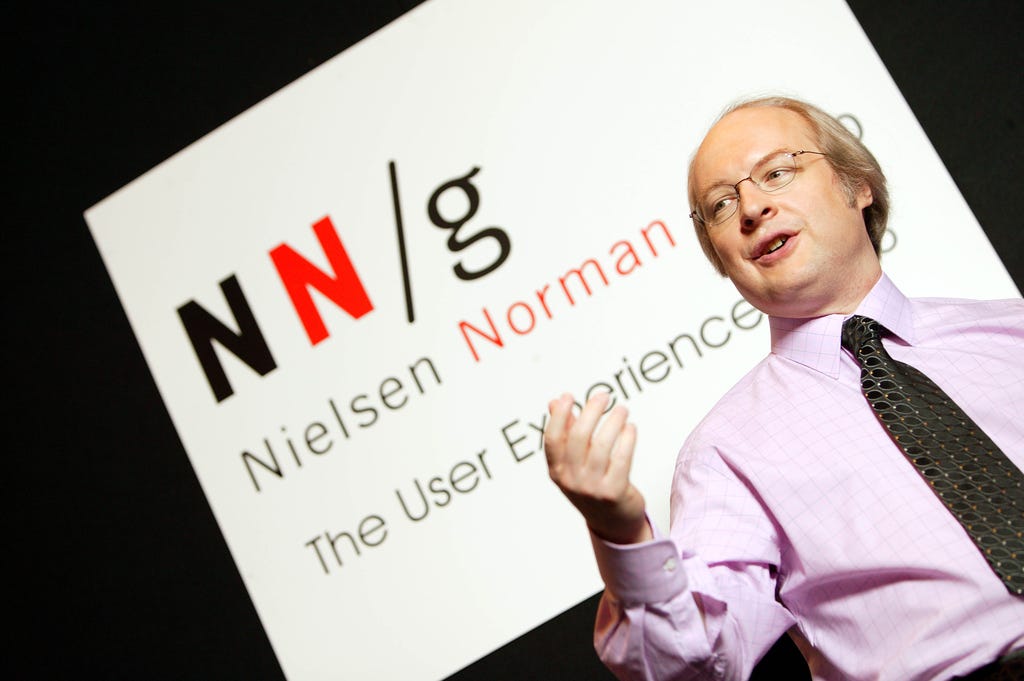Who Are the Founding Fathers of UX Design?
Who Are the Founding Fathers of UX Design?


Picture this — it’s 2.5 million years ago and our human ancestors are eagerly huddled around their prey that they just caught for dinner. Using stone tools, they frantically cut and chop away. These stone tools help them to reduce the physical energy they have to exert when performing such a fatiguing task.
Now, fast forward to today. What device are you using to read this? If I had to guess, I would bet money on a smart phone or a laptop. These devices can be considered our modern-day “tools.” Similar to the purpose of tools a couple million years ago, the tools we have today help to alleviate our cognitive load. In other words, we expect these machines to efficiently accomplish a task for us, thus decreasing the mental energy we need to expend.
Besides the fact that we both use a variation of a tool, what do we have in common with humans from 2.5 million years ago? Well, simply put, we are both humans interacting with some object in order to attain a goal. If you think about it, this is essentially the basis of User Experience (UX). UX is not a new phenomenon. It has been around since the moment humans began to interact with tools and machines. It is found in everything that humans touch — ranging from tangible objects, such as a can opener, to the seamless experience of Amazon’s “1-Click” feature.
Perhaps, the only thing that is relatively “new” is that many companies are beginning to realize that centering their product around what is most beneficial for the user (hence “human-centered design”) will ultimately benefit the company as well. As the user becomes a primary focus for businesses, UX Designers, as well as other professions that fall under this umbrella (UX Researcher, Interaction Designer, Information Architect, etc.) are being enlisted to spearhead this shift.
Since there is a rise in demand for UX and Product Designers, it is worth mentioning those who were influential in cultivating the UX discipline. There are numerous figures who advanced this idea of human-centered design in modern day technology. However, there are three specific people that come to mind when thinking about the processes and terms that UX professionals use today. This article will briefly explore three prominent figures who ultimately formed an environment on which the UX field has blossomed.
1. Donald Norman


Donald Norman arguably deserves the most credit as a pioneer in UX, as he is the one who coined the term “User Experience.” His most famous book, The Design of Everyday Things, popularized the term and shed light on UX Design as a discipline. Combining his background in cognitive psychology, electrical engineering and computer science, Norman’s book explores the idea of human-centered design, citing examples of both poor and well designed products, respectively. He proposes the idea that machines and software should be catered towards the user’s needs. When creating a product, whether physical or digital, the user’s desires and needs should always be the dominant driving force behind the design.
If that is not enough to convince you that Donald Norman is a pioneer in UX, it is also worth noting that Norman’s time at Apple as a User Experience Architect is the first case of “User Experience” used in a job title. Norman, is what many would consider, the epitome of a user advocate.
2. Jakob Nielsen


I would be remiss if I mentioned Donald Norman without discussing Jakob Nielsen, as these two men are the founders of the Nielsen-Norman Group. Hailed the “king of usability” by Internet Magazine, Nielsen embodies what it means to be a user advocate. He is perhaps most well known for his extensive work in user research. With a Ph.D. in human-computer interaction, as well as a background in engineering, he has invented multiple usability methods, such as heuristic evaluation.
In addition, Nielsen has worked in the usability field since 1983, starting with text-only user interfaces (UIs), and then focusing primarily on graphical user interfaces (GUIs). The first decade of his career was dedicated to solving two issues — how to popularize usability methods and ways to improve the usability of online information.
Nielsen also has some controversial opinions, which has stirred up debate from critics. For example, he has expressed that visual design in a user interface is not that important. No matter what critics have to say though, it’s objectively true that Nielsen has been a pioneer in the field of UX.
3. Alan Cooper


Founder of Cooper and the “Father of Visual Basic,” Alan Cooper is nothing short of a UX guru. In 1992, Cooper co-founded a successful design and business strategy firm. The list of Cooper’s contributions to the UX field are substantial. He is also well-known for his books: The Inmates Are Running the Asylum: Why High-Tech Products Drive Us Crazy and How to Restore the Sanity and About Face: The Essentials of Interaction Design. Both are a necessary part of every UX designer’s reading list.
About Face is especially important as it thoroughly explains interaction design from the ground up. It also documents the Goal-Directed design methodology that Cooper created. Additionally, he has created other methodologies that we commonly use in the UX field, such as personas. These interaction design tools allow us to generate complex digital products that are delightful to users.
Adding to Cooper’s list of accomplishments is his invention of a visual programming language, known as “Ruby,” which Microsoft purchased and ultimately transformed into Visual Basic.
There are many other achievements on Cooper’s list, which proves that he deserves to be called a “Founding Father” of UX.
